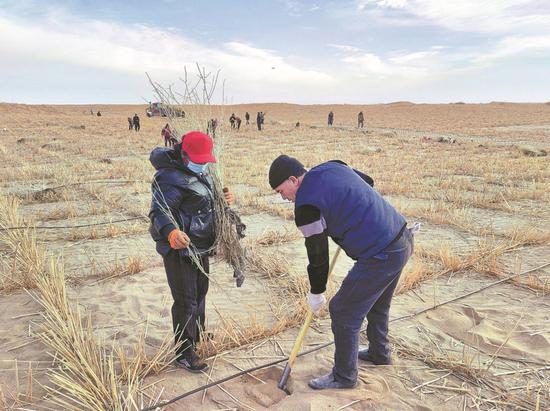
Residents plant oleaster trees in Minfeng county, Xinjiang Uygur autonomous region, on Thursday. The county is located in the southern edge of the Taklimakan Desert. (MAO WEIHUA/CHINA DAILY)
The Taklimakan Desert, known as the "Sea of Death", has been completely encircled by a sand-blocking green belt that stretched 3,046 kilometers as of Thursday morning, in Hotan prefecture in the Xinjiang Uygur autonomous region.
The final 10-meter stretch of sand, which is 100 meters wide, was planted with saplings of desert poplar, rose willow, sacsaoul and other drought-enduring plants in Yutian, a county located on the southern edge of the desert. This marked the completion of the green belt's last segment of 285 km.
With an area of 337,600 square km and a circumference of 3,046 km, Taklimakan is the largest desert in China and the world's second-largest drifting desert.
In 1978, the central government launched the Three-North Shelterbelt Forest Program, a national-level forestation project, according to a report by People's Daily.
Over the past four decades, Xinjiang has achieved a gradual increase in reforestation, forming a 2,761-km sand blocking belt around the desert by the end of 2023.
However, the final 285-km gap between the southern edge of the desert and the southeast edge became the most challenging part of the anti-desertification efforts.
According to local conditions, the region implemented scientifically sound sand control strategies and integrated resources from various areas while overcoming administrative boundaries between different counties and cities.
"To suit different conditions, three main methods are employed during the process — engineering sand control, photovoltaic sand control, and biological sand control," said Deng Xiaobo, deputy director of Hotan's forestry and grassland bureau. "In areas with relatively good water and soil resources, biological sand control is prioritized. By planting drought-enduring plants, we built a biological sand control barrier belt.
"In regions with relatively scarce water resources and far from oases, photovoltaic sand control is mainly used," he said. "In areas lacking water resources and where conditions for photovoltaic installation are inadequate, engineering sand control is the primary method."
The large solar panels built in the desert areas not only generate electricity but also reduce surface wind speed, decrease wind erosion and stabilize the soil.
The land beneath the solar panels can be used to plant drought-resistant plants or crops, which help to fix the sand in place with their root systems, achieving the triple benefit of electricity generation, increased agricultural income and sand control.
"After the completion of the project, sand will no longer spread outward along the desert's edge, preventing the sand source from expanding," Lei Jiaqiang, a researcher at the Chinese Academy of Sciences' Xinjiang Institute of Ecology and Geography, told China Central Television. "It can ensure the safety of the oasis and infrastructure such as railways and roads.
Tohti Rahman, director of the Xinjiang regional forestry and grassland bureau, said the comprehensive measures that are being taken will consolidate the ecological security barrier in northern China.









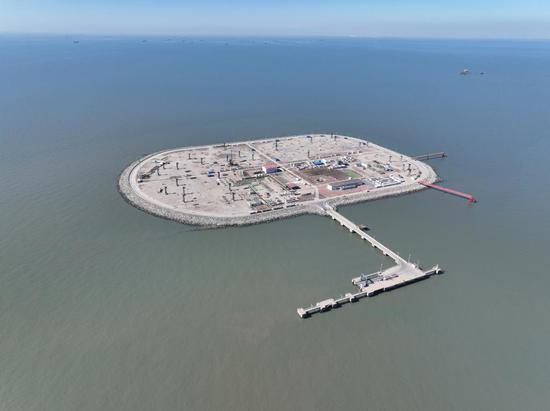
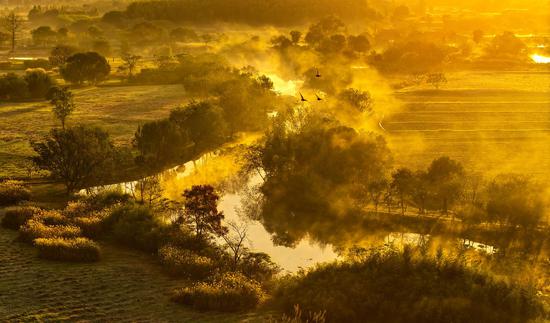
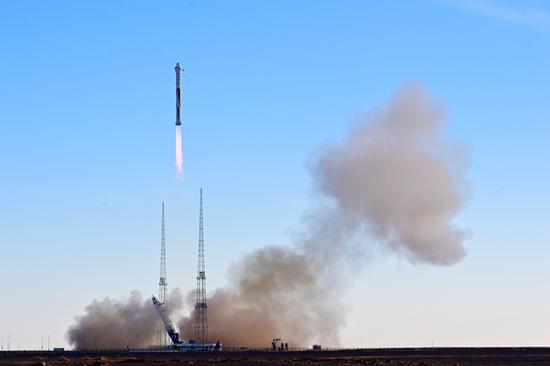

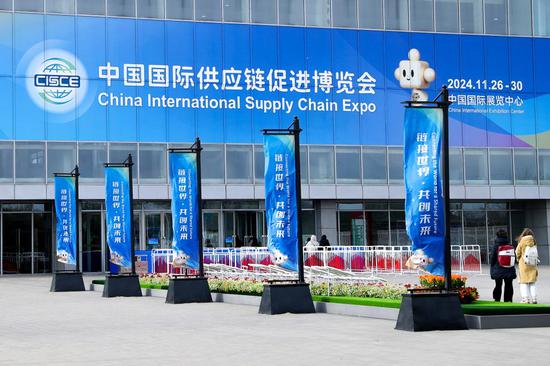




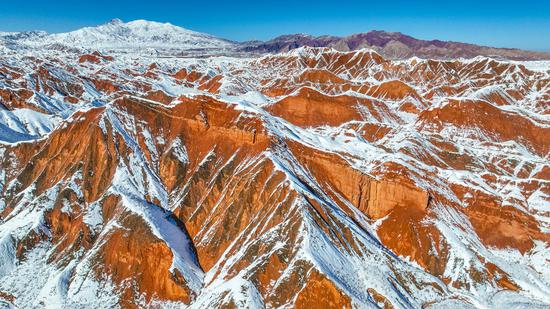


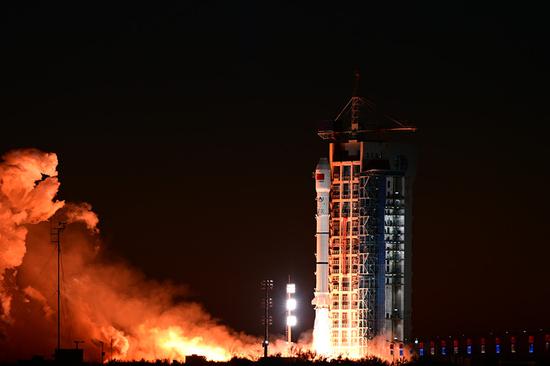
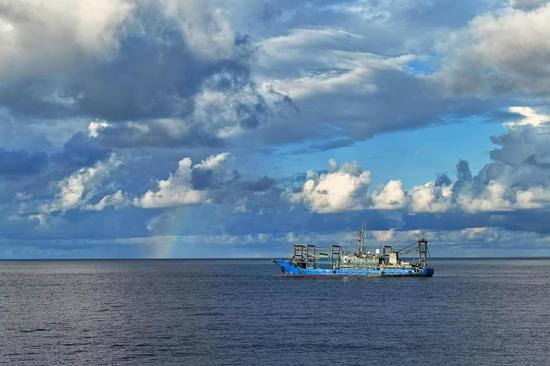
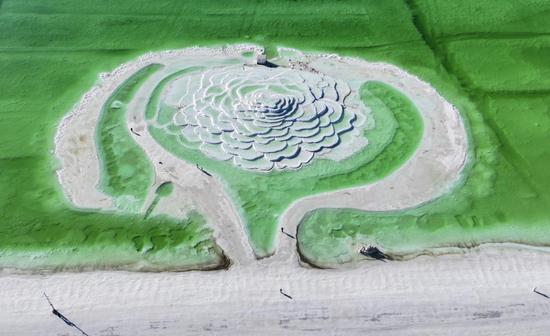





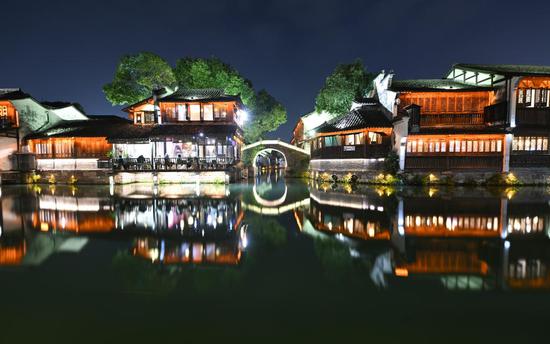





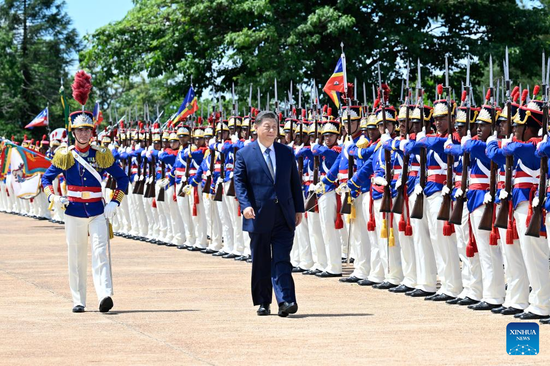





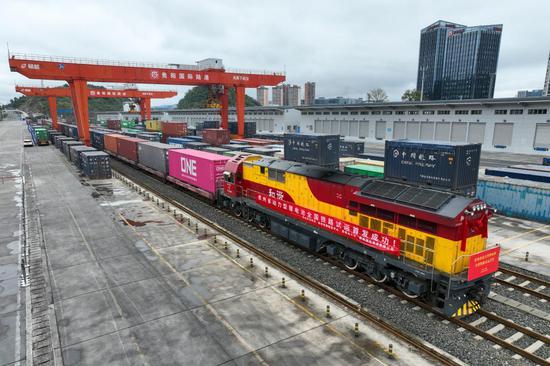
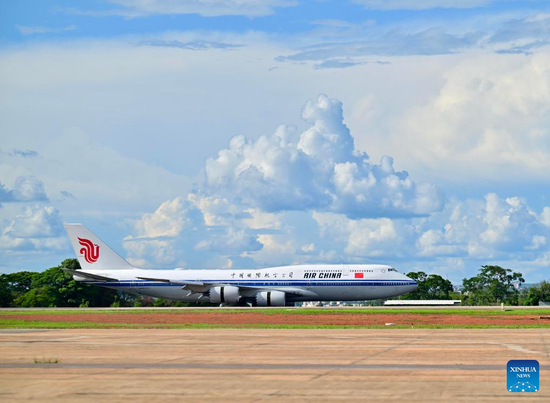







 京公网安备 11010202009201号
京公网安备 11010202009201号